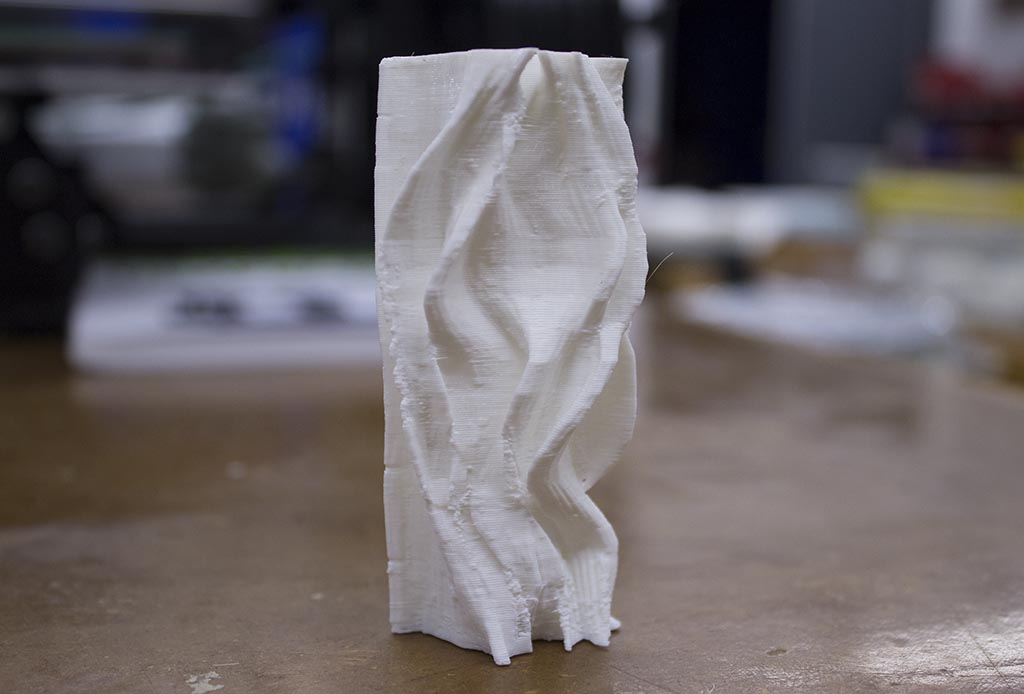3d Printing + Scanning
This week the assignment was to 1. 3d scan an object and 2. 3d print an object that could not be made in any other way.

I first tried scanning a couple of objects that I thought might push the limits of what the Sense 3d Scanner could understand - including a brass John Kostick star scuplture. I found that metallic objects didn't register very well, nor did things made from thin, linear elements. My shoes, however, worked pretty well.

I found that success with the Sense 3d depended almost as much on scanning technique as object attributes. Oliver and I rigged up a rudimentary turntable to scan our objects - holding the scanner in one place at about eye level and slowly rotating the chair worked well.
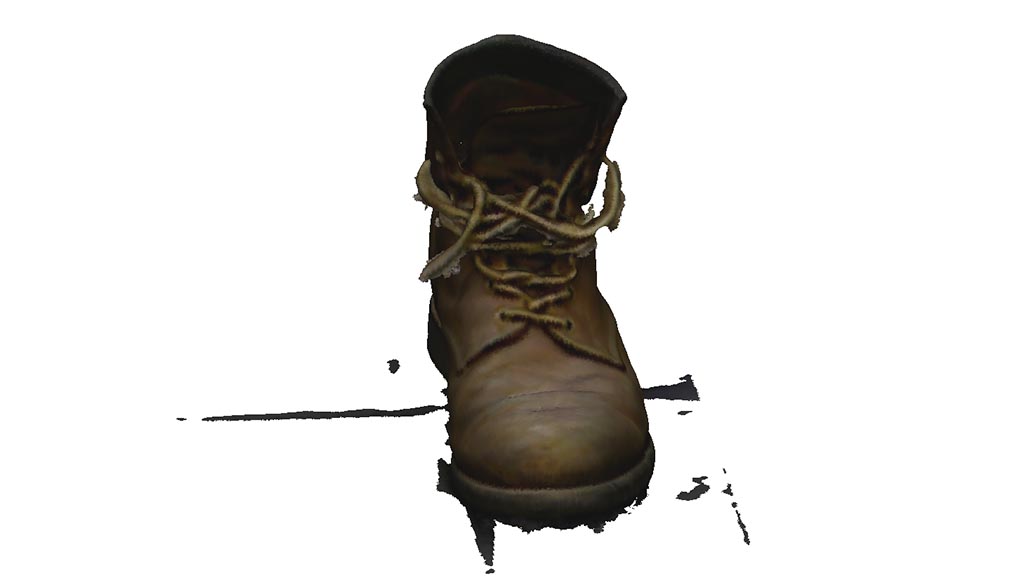
The initial output in the Sense 3d software - this is before closing or editing the mesh.

Same mesh exported as a .obj file and opened in Rhino.
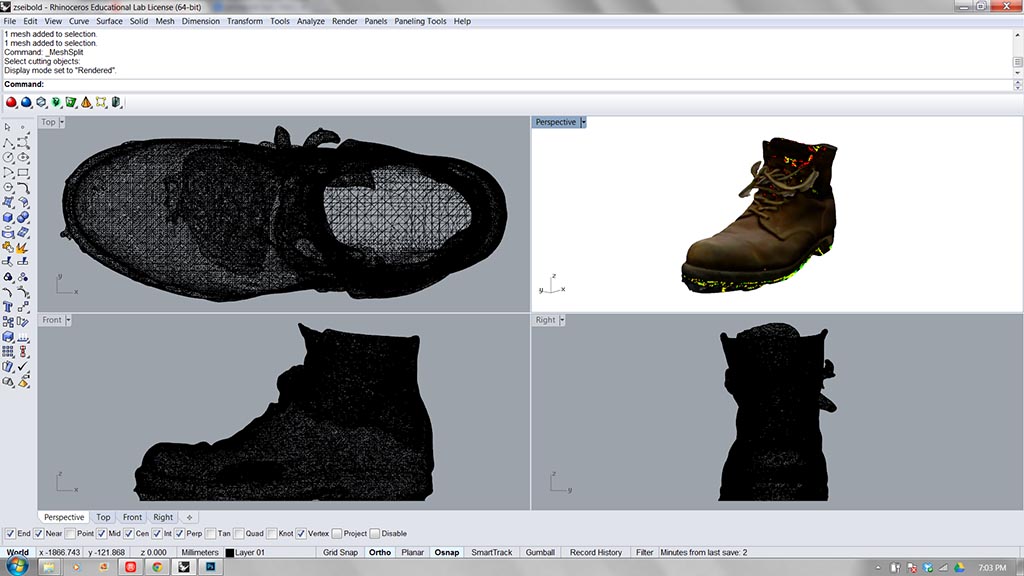
4 Views of my left boot. The mesh was pretty heavy - something like 16,000 faces.
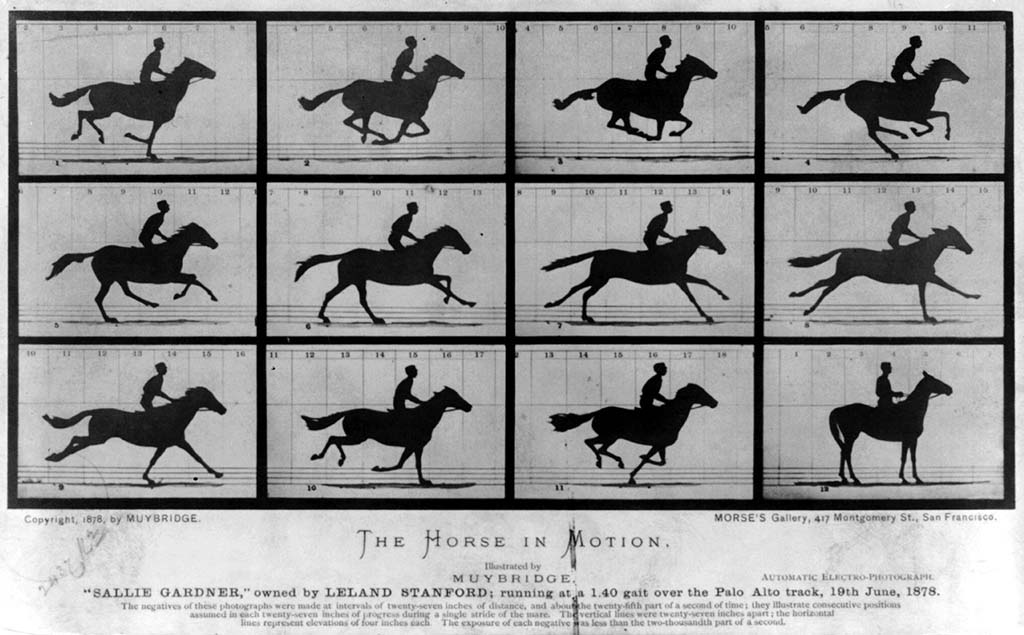
On to 3d printing. I kept thinking about Neil's in class demonstration of the .gif based fab module. While I haven't yet had a chance to spend much time with the module, it at least inspired the content for this weeks 3d print - the photographic studies of motion Eadweard Muybridge produced in the late 19th century. These studides are precursors to a whole lot of things, including .gif-based animations.

I thought it would be interesting to represent these sequential motion studies spatially. I extracted some vector information from the original images using the livetrace command in Illustrator.
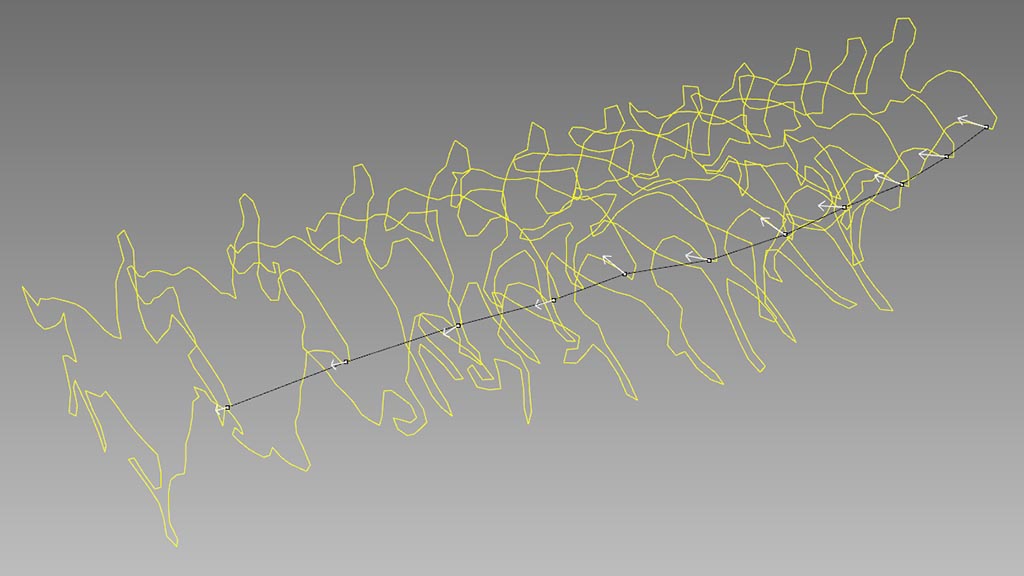
I arrayed each frame along a path + lofted the curves to form a solid object.
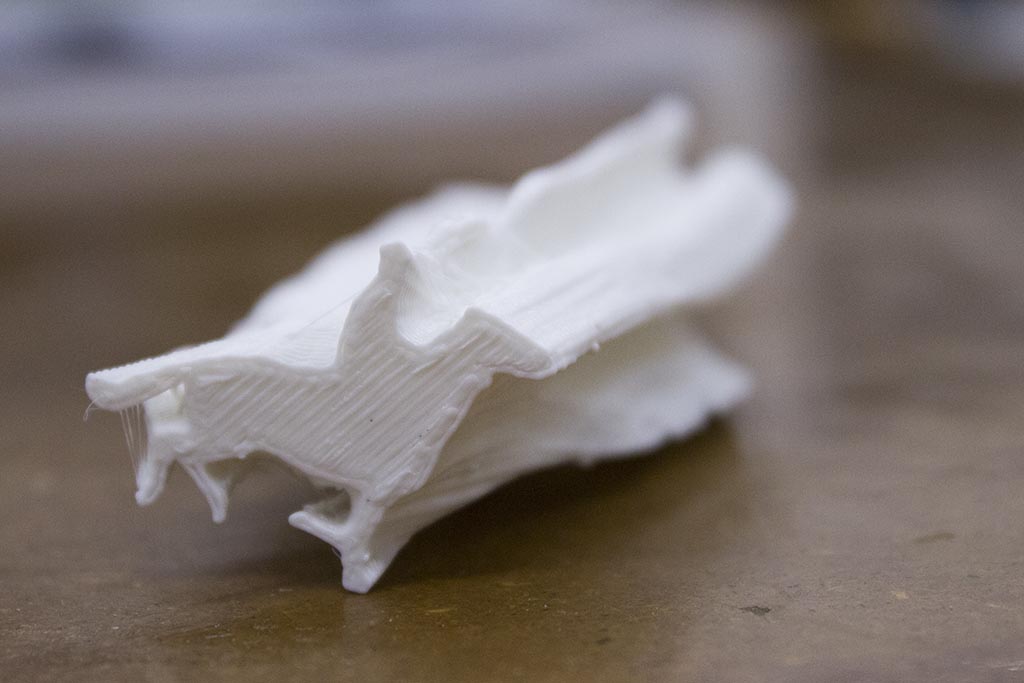
My horse in motion. Printing on the makerbot was pretty straightforward.

I could have been a little more vigilant about checking for thin areas on my mesh - there are a couple spots where edges get jagged.
